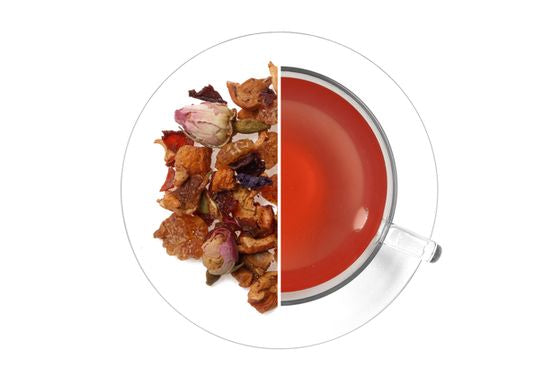
Milk Oolong - Expanding the Boundaries of Understanding

«Tea is the practice and realization of a person's faith»
About the myths
Perhaps there are people whose love for tea began with milk oolong (in particular, the author of this text). Because, yes, it smells delicious. Doubts about the "sincerity" of the wonderful aroma creep in later, when milk biscuits or even cheese clearly begin to remind of your favorite drink. In the end, those born either in Russia or in China itself, fantastic versions that reveal the reason for this aroma (they pour it over with milk, and peach juice, and pineapple juice) inevitably lead to the only adequate word - this is a flavoring (identical to natural). Oh, this bright, luxuriously flashy, beauty of the scent, capable of overshadowing almost all the smells in the room. It's delicious. But after a while you get bored? And there are actually many oolongs, like flowers in nature. With subtle, natural, multifaceted aromas. To perceive the botanical variety of flowers, only in the form of, for example, chamomile - it is possible, however, not very long.Taiwanese variety of tea bush
Jin Xuan or the Golden Flower, better known as Nai Xiang Jin Xuan, “Fire flower with a milky scent” (as it is often written on the menu) exists. The variety was bred by Taiwanese scientist Wu Zhendo in 1980. In specialized tea circles, he is better known under the ordinal number 12 (TRES12), and the creator gave him a beautiful name in memory of his maternal grandmother - Jin Xuan. Agro-variety No. 8 and Yingzhi Hongxin (Hard branches with a red center) served as the basis for this successful selection. These dense, dark green, sometimes even purple, glossy, rounded leaves are now the second largest tea cultivated in Taiwan. Jin Xuan is grown at an average altitude, about 1000-1600 meters above sea level. The main cultivated area is Nantou and Chiayi counties. Foggy mountain slopes with a sufficient amount of moisture and the skill of tea technologists (which can be prepared from this leaf and bao zhong, and red teas, and even gabu) grant grade No. 12 these delicate, sweet, milky-floral shades in the taste and aroma of the infusion, appreciated many. (This is what could have paved the way for the so-called milk oolong). It should be added that attractive, sweet, delicate creaminess is often inherent in high-mountain teas (opening to a large extent in the third, sixth strait). And it does not matter in practice, whether it is Taiwanese oolong from an altitude of 2000 meters above sea level or more, or it is from a similar Puer height (for example, from Bing Dao).
















